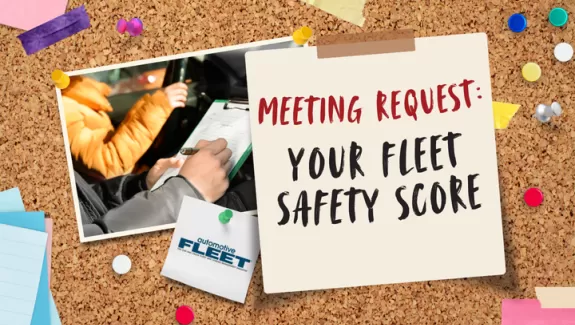Resources & Tools
Build vs. Buy: The True Cost of In-House RBT® Training Programs
For many ABA organizations, the decision to build or buy an RBT® training program seems straightforward until turnover, onboarding inefficiencies, and inconsistent training quality begin eroding…
Beyond Compliance: How Behavioral Safety Creates Lasting Culture Change
It's 2 PM on a Tuesday. Your compliance report shows 100% completion on safety training. Your telematics dashboard is green across the board. Then your phone rings with another incident.Sound…
The Real Cost of "Check-the-Box" RBT® Training: Why Quality Preparation Matters for Client Outcomes
When was the last time you truly examined your RBT® training program? Not just whether it meets the 40-hour requirement, but whether it's actually preparing your technicians to deliver the quality of…
Why Post-Incident Coaching Fails (And How to Fix It)
The Compliance TrapPicture this: A driver speeds, causes an accident, and gets called into the office. You document what happened, issue a disciplinary action, retrain them on speed limits and safe…
Wednesday, 20 Nov 2024
Fleet Safety: Don’t Overlook the Interaction Between Driver and Supervisor in Coaching Sessions
We met Matthew Betz, a recent Automotive Fleet Hall of Fame inductee, a few weeks ago when he visited Colorado. Our conversation touched on many industry topics, but one topic stood out — the interactions…
Why Won’t My Drivers Do What I Need Them to Do?
As a fleet professional, you try to use best and current practices to improve safety and behavior: You order the best safety equipment for vehicles, pay for the best driver training, enroll the company in fleet safety programs, install in-cab cameras and telematics, and so on. But these efforts still don’t always influence choices drivers make behind the wheel.
How To Ease Driver Resistance for a Successful Take-Home EV Program
Implementing a successful take-home electric vehicle (EV) program for fleet drivers involves a change in technology and a shift in behavior and mindset.
Values-Based Safety in the Clinical Setting
By taking a values-based approach to safety, organizations in the healthcare and social assistance industry can make remarkable improvements to their safety culture and employee safety and well-being.
Driver Behavior: The Key to Fleet Safety
IVP of Clinical Product and Senior Consultant Alison Betz talks with the Fleet Safety Geeks about the importance of driver behavior in fleet safety.
Safety Series
Dr. Terry McSween partnered with ABA Technologies Inc. to offer an invaluable learning opportunity to support the successful implementation and maintenance of a values-based, behavior-based safety (BBS) process.










